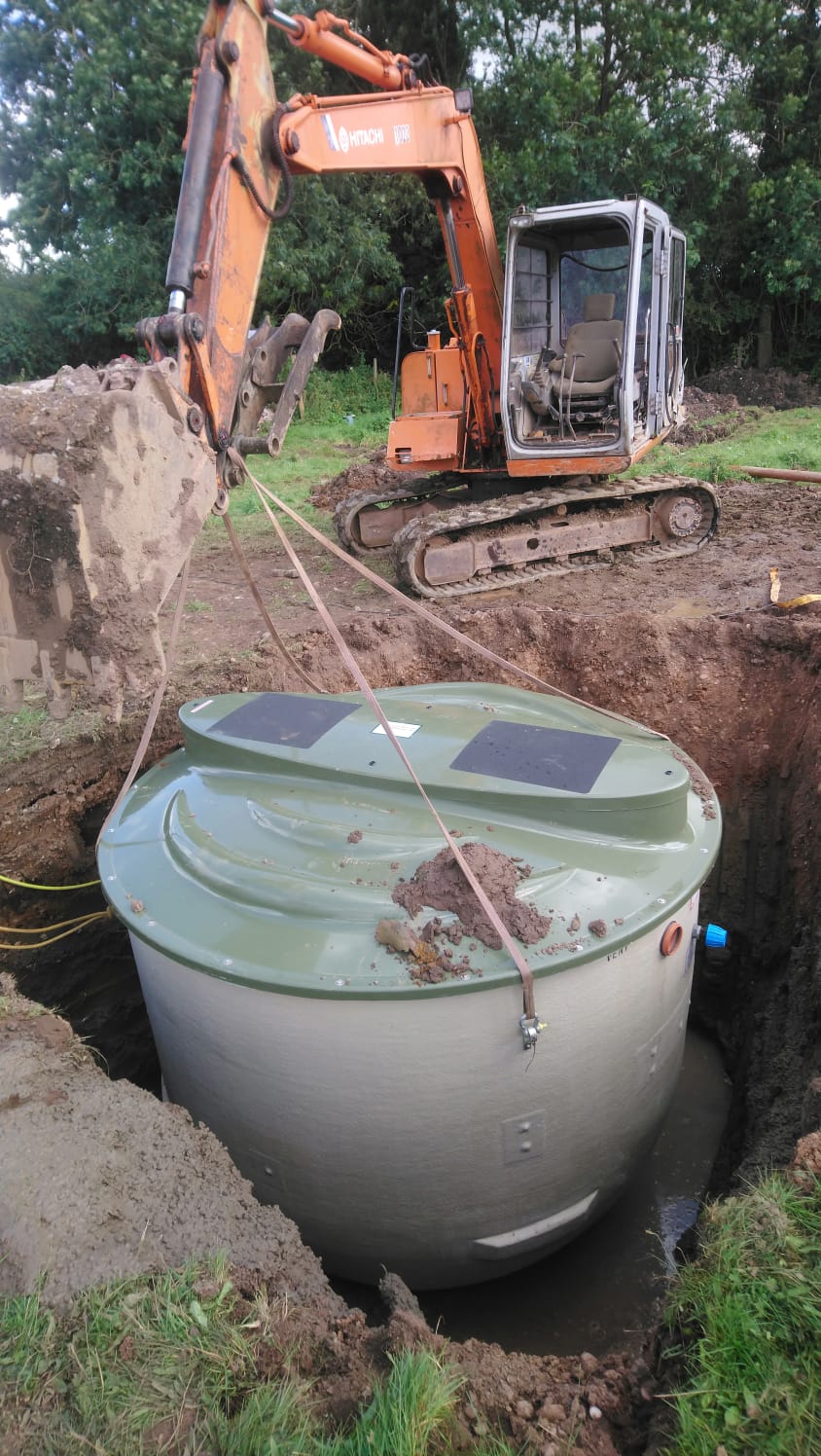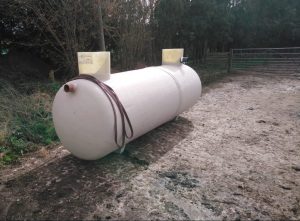Septic Tanks
Where experts deliver exceptional customer service.

Septic Tank Installation service and repair
Where your Septic problems come to an end.
- Fast and Reliable Service
- Transparent Pricing
- 24/7 Emergency
- Maintenance Contracts Available
- CheckaTrade rating 9.96 / 10
- High-Quality Workmanship
- Comprehensive Solutions
- Locally Owned and Operated
- Card Payments Accepted
- Knowledge of Binding Rules
services
We keep your septic system flowing smoothly for you
Complete New Septic System Installation for New Home Construction
Everything including replacements tanks and upgraded drainage fields
Having Problems with Your Septic System? Call Us Now, We CAN Help
A septic tank consists of one or more concrete or plastic tanks of between 4000 and 7500 litres. One end is connected to the property waste outlet pipe and the other to a soak away field or drainage pit. Generally these connections are made with a T pipe. this allows the liquid to enter and exit without breaking up any crust that has formed on the surface. These days septic tank design usually incorporates two chambers, each one equipped with a manhole cover for inspection purposes. The chambers are separated by a dividing wall with holes located about halfway up the tank.
The waste water enters the tank and the solids settle in the first chamber. The settled solids are then anaerobically digested which reduces the overall volume. The liquid component flows through the dividing wall into the second chamber, where further settlement takes place. The excess liquid, now in a relatively clear condition, then drains from the outlet into the soak away system or pit. A percolation test is required prior to installation to ensure the porosity of the soil is adequate to serve as a drainage field.
The remaining impurities are trapped and eliminated in the soil, with the excess water eliminated through percolation into the soil, evaporation, by uptake through the root system of plants and eventual transpiration. A herring bone shaped perforated piping network, laid in stone-filled trenches, distributes the wastewater evenly throughout the field. The size of the drain field is relational to the volume of wastewater and to the porosity of the soil surrounding the pipework. The entire septic system usually operate by gravity alone. However some locations may require pumping to access the tank or field. Certain septic tank designs include siphons or other devices to increase the throughput to the drainage field. These help to fill the drainage pipe more evenly and extend life by preventing premature clogging or bioclogging.


